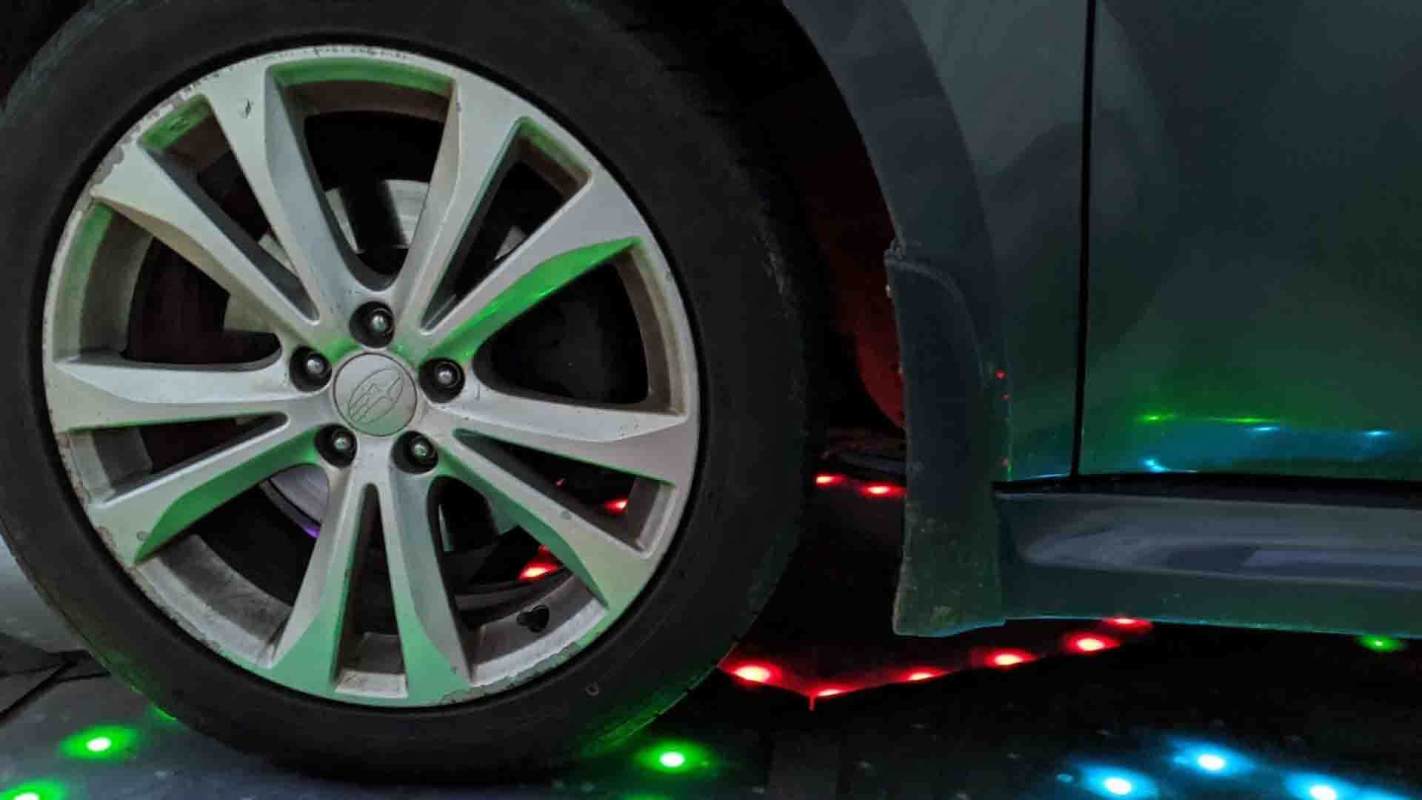The world is on the road toward accessible and widespread renewable energy. Solar Roadways wants to speed up that progress by putting renewable energy in the road with high-tech solar road panels.
What is Solar Roadways?
The company, founded by Julie and Scott Brusaw in 2006, has set out to "generate clean renewable energy on roadways and any other surface that can be walked or driven upon" according to Solar Roadways' website.
The founders are starting small, with roads being the last planned application for Solar Road Panels. Before that, one might see SR5s, the latest iteration of the product, lining sidewalks, driveways, and parking lots.
Solar Roadways claims that its panels will make the "first roadway system with a return on investment," modernize the nation's infrastructure with modular, energy-producing, smart panels, and may eventually help charge electric vehicles while they drive. These lofty goals rest heavily on the Solar Road Panels themselves and their ability to perform under pressure (often literal tons of pressure, in the case of trucks).
The latest model is a 48-watt panel that weighs about 70 pounds, has 280 multicolored LEDs to flash words and signals, can be swapped out in "a few minutes," and is designed to last for 20 years. The company is working on weight sensors that will be integrated with panel LEDs to warn motorists of road hazards ahead.
Solar Roadways envisions these high-tech streets as a potential, decentralized "smart grid" that can store energy in batteries or use a virtual storage system in which extra energy is given to the grid during sunny days and is redrawn at night.
Rocky roads ahead
That said, there's a reason you're probably not driving over any solar roads on your way to the grocery store. The challenges facing solar panels that double as road surfaces are difficult to overcome.
Solar Reviews and Ecowatch are among those skeptical about the widespread use of solar roads. These sources cite high costs, low performance due to shade and inefficient panel positioning, and traction struggles as barriers for adoption.
Solar Reviews adds that panels in the ground lose access to cooling by air circulation. Excessive heat will lower the efficiency of solar panels, as reported by CNBC.
A similar project in France named Wattway failed in 2019, about three years after it was built. That particular solar road was plagued by unexpected damage to panels and debris like rotting leaves building up and blocking the sun.
Alternate routes
Solar Road Panels aren't the only way to make roads more electric. CleanTechnica and PV Magazine have both reported on a European solar canopy project headed by the Austrian Institute of Technology, Germany's Fraunhofer ISE, and Forster Industrietechnik of Switzerland. A pilot program of the giant, solar-powered awnings stretching over roads is meant to be monitored for a year.
PV Magazine states that experts can see solar roadway canopies used in special, small-range cases sometime in the not-too-distant future.
Other related projects include South Korea's successful 3-mile stretch of bike lane covered in solar panels and Electreon Wireless's work toward on-the-drive charging for electric vehicles using magnetic fields.
Want more? Follow The Cool Down on Instagram and join our Weekly Newsletter for cool stories and easy tips that save you money, time, and our planet.








